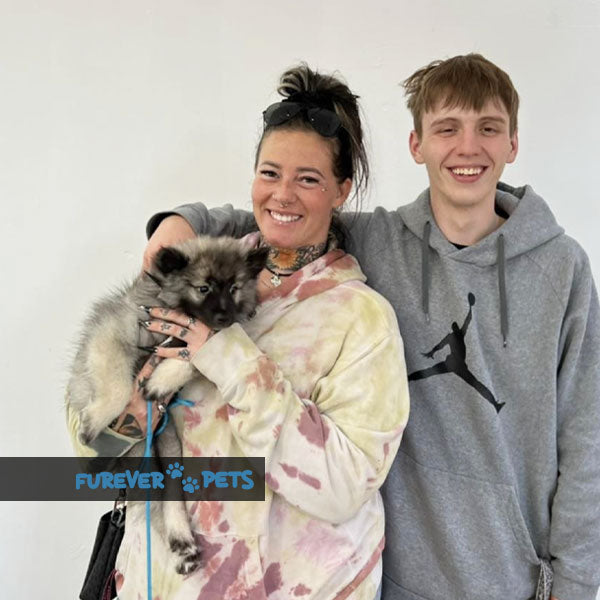
Bloodhound 1706 Girl
The Bloodhound is a distinctive and ancient breed known for its exceptional tracking abilities and unique appearance. This breed is beloved for its droopy skin, long ears, and wrinkled face, and it is often referred to as the "Sleuth Hound" or "Chien de Saint-Hubert." Here is some general information about the Bloodhound breed:
- History:
- The Bloodhound's origins can be traced back to medieval Europe, where it was developed by Belgian monks at the Saint-Hubert Monastery in the Ardennes region. The breed was originally known as the "St. Hubert Hound" and was selectively bred for its exceptional sense of smell, making it a proficient scent hound. Bloodhounds were brought to England in the 11th century and further refined there.
- Appearance:
- Bloodhounds are large, robust dogs with a strong and well-balanced build. They have a distinctive appearance with loose, wrinkled skin, long, pendulous ears, and soulful, droopy eyes. Their coat is short and dense, and their most common coat colors are black and tan, liver and tan, or red.
- Size:
- Adult Bloodhounds typically stand between 23 to 27 inches (58 to 69 centimeters) at the shoulder and weigh between 80 to 110 pounds (36 to 50 kilograms). Males are usually larger than females.
- Temperament:
- Bloodhounds are known for their gentle and friendly nature. They are affectionate, patient, and good with children, which makes them suitable family pets. However, they can also be quite independent and may have a stubborn streak when it comes to training. Positive reinforcement methods work best when training a Bloodhound.
- Intelligence and Scenting Ability:
- Bloodhounds are renowned for their extraordinary sense of smell. They have an incredible ability to track scents over long distances, making them invaluable in search and rescue operations and as tracking dogs in law enforcement. Their tracking skills are among the best in the canine world.
- Exercise Needs:
- Despite their calm demeanor indoors, Bloodhounds require regular exercise to stay healthy and happy. Daily walks and playtime in a secure area are essential. However, they should be exercised on a leash or in a secure, fenced area because their strong tracking instincts can lead them to follow scents for miles.
- Grooming:
- Bloodhounds have a short, dense coat that is relatively low-maintenance. Regular brushing helps keep their coat in good condition, and they may need occasional bathing. Due to their droopy ears, it's important to clean their ears regularly to prevent infections.
- Health Considerations:
- Bloodhounds are a generally healthy breed, but they can be prone to certain health issues, including hip dysplasia, bloat, skin infections (due to their skin folds), and ear infections. Responsible breeders perform health screenings to reduce the risk of genetic conditions.
- Lifespan:
- The average lifespan of a Bloodhound is around 8 to 10 years, although some can live longer with proper care.
In conclusion, the Bloodhound is a unique and gentle breed known for its impressive tracking abilities and distinctive appearance. They make loyal and affectionate companions, particularly for those who appreciate their unique skills and are prepared to meet their exercise and grooming needs.







